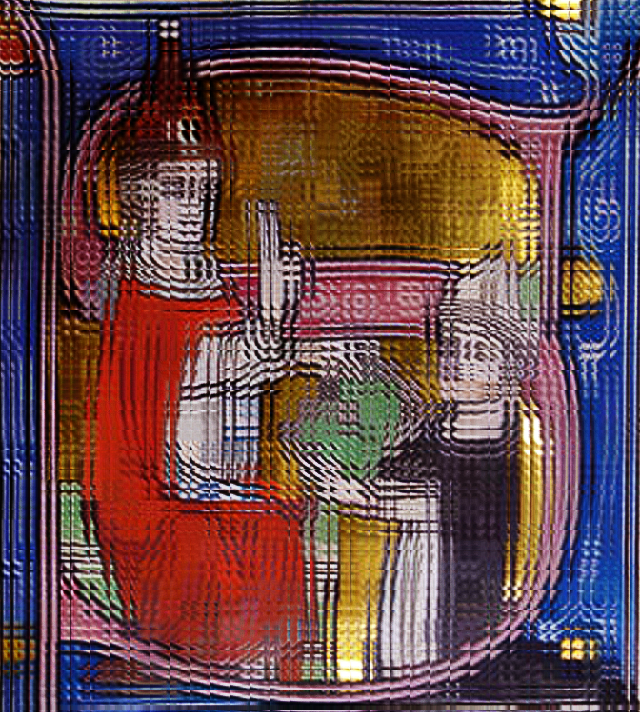
Walter L. Wakefield in his Heresy, Crusade and Inquisition in Southern France, 1100-1250 includes an appendix that relates the documented inquisitional deposition regarding one Peter Garcias of Toulouse that took place in 1247. What’s interesting, of course, is the accused heretic’s description of his heretical or Cathar beliefs in the mid-thirteenth century. Here’s a rundown.
- The heretic was unsure if there were indeed two gods or not, although he claimed the one who made the visible world was not Him that made the invisible.
- The heretic made the Marcion claim that ‘…the law of Moses was nothing but shadow and vanity, and that god who gave that law was a scoundrel and malign’.
- The heretic made the docetic claim that Christ, the Virgin Mary and John the Evangelist came from heaven and were not of this flesh. He further stated that John the Baptist was one of the ‘greatest devils there ever was.’
- When showed a hand and asked if flesh will rise again, the heretic replied that ‘flesh will not rise again except as a wooden post, striking a post with his hand.’ This was a refutation of the essential orthodox belief that in the end of days the dead would literally rise from their graves to live again.
- The heretic insisted that ‘Jesus led no one out of hell’.
- The heretic stated that ‘matrimony was prostitution and that no one could be saved with his wife’. Further, he claimed that ‘the fruit forbidden to the first parents was nothing other than the pleasure of carnal coition…’. He claimed that the only accepted matrimony was ‘that of the soul with God’.
- The heretic stated that ‘justice ought by no means to be carried out by condemning anyone to death.’ Not only were his beliefs against capital punishment, but against the war and violence that characterized society.
- The heretic pointed out that it was during the pontificate of Sylvester I (r. 314-355) at the time of Constantine’s rule that the Church started celebrating the Mass and started owning property. Further, he argued that the Roman Church was ‘a harlot who gives poison and the power to poison all who believe in it’ and that it would be gone in twenty years; that the ‘Mass was worthless’; ‘all preachers of the cross are murderers’; and the cross was nothing more than ‘a bit of cloth on the shoulder’ or ‘wood’. These statements refuted the magical qualities of transubstantiation where orthodoxy held that during the rite of the Mass, the bread literally turned into the body of Christ and the wine transformed into the literal blood of Christ. These heretics also disdained the sign of the crucifix which they saw as an instrument of murder and argued against the powerfully magical and mystical qualities of holy relics and artifacts. Indeed, the heretic claimed that ‘no miracle which can be seen by the eyes is anything’. It is hard for us to realize how important these beliefs were to orthodoxy and the awesome power that was to be contained in these rites and artifacts.
- The heretic derided the use of Latin, a language that the vast majority of worshipers did not understand, in church and stated he owned the gospels written in the vernacular. Owning the vernacular gospels was a sign of heresy. Pre-Reformation orthodoxy held that the Church must intercede between lay humanity and God.
- The heretic denied there was purgatory and any power for alms or prayers to aid the dead. Indeed, he went on to discuss the heretical belief that the unsaved departed were reincarnated into another being.
- The heretic claimed only the select angels who fell to Earth would be saved.
This post originally appeared on the Reveille site September 20, 2017.